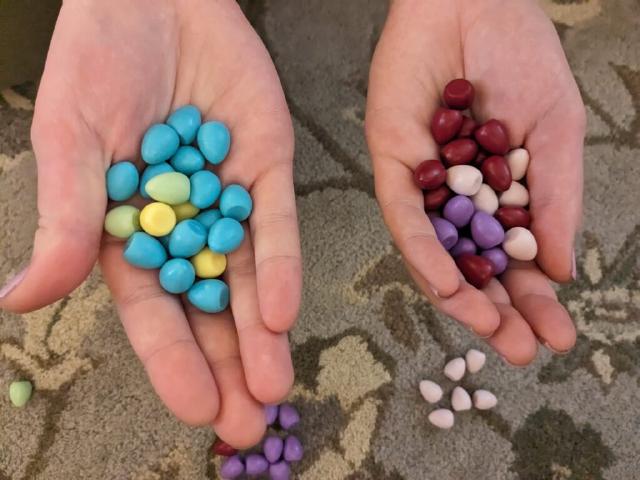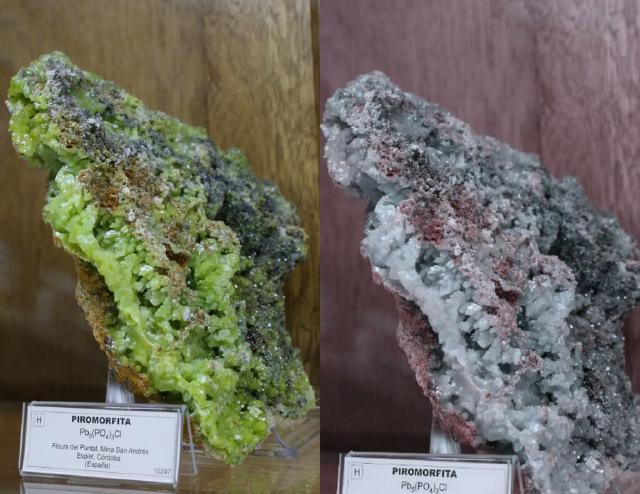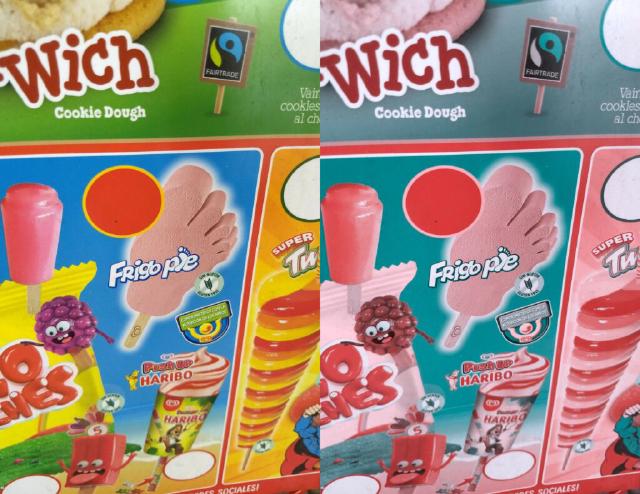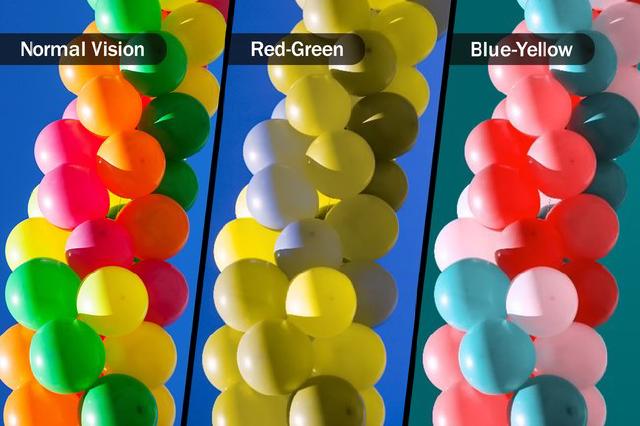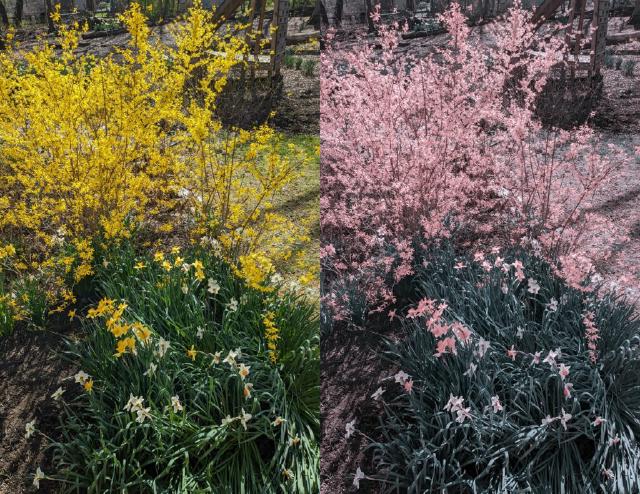
Imagine my disappointment when I learned last week that my child can’t see yellow. At all. Never in her life has she seen yellow. She is a teenager and we are only just now noticing this yellow deficiency! Now, the blooms remind me of her loss. They are symbols of a joy she will never experience.
Tritanopia (the official name for yellow-blue color deficiency) is not as common as the familiar red-green x-chromosome linked color deficiency. This type occurs equally between men and women, showing up in about 0.005% or 1 in 20,000 people.

Also, I wonder how she could be a teenager and we never discovered this. How could we have missed something so fundamental about her perspective? I think of the number of conversations in fabric stores, art museums, or grocery shopping. Color is woven into nearly every topic. How did we not notice that she couldn’t see what we were pointing out?
What I’ve learned for sure is that I cannot expect others to understand my perspective. Even if it seems obvious to me, they might be having a different experience. And they might not even realize it!

Though genetics can play a role with this type of color blindness, disease can, too. Thankfully, we were seen quickly by an ophthalmologist. I was enormously relieved to get the report of a healthy eye. Her vision is perfect, they said. Her eye is healthy. She merely can’t see some of the colors.
How did she ever color a picture? “Because I could read the names of the colors on the markers,” she explained. How did you ever match clothing? “Because I trained myself to recognize variations in the shades,” as if that’s how we all do it. Sheer memorization!?! Life could be so much easier!
